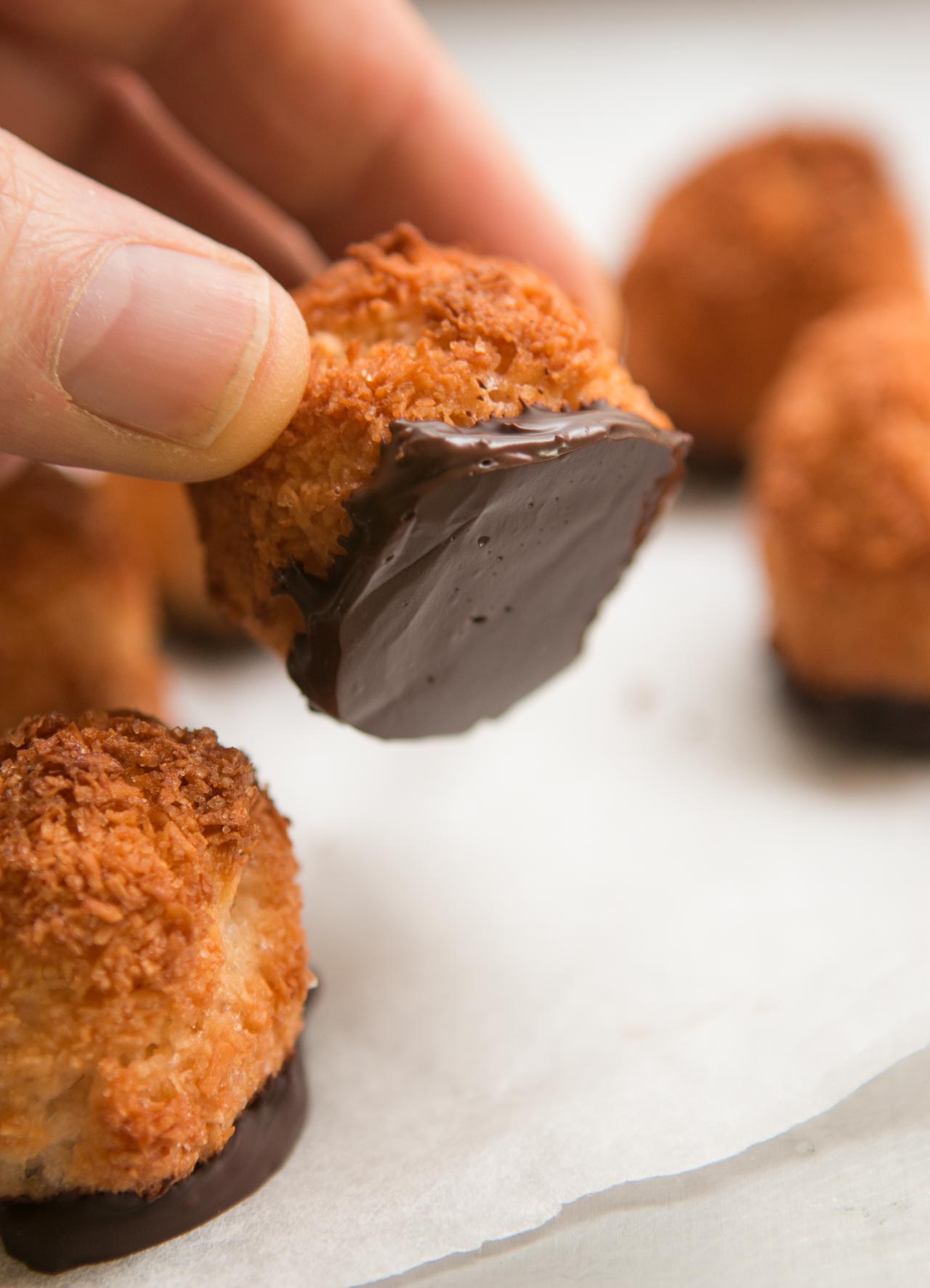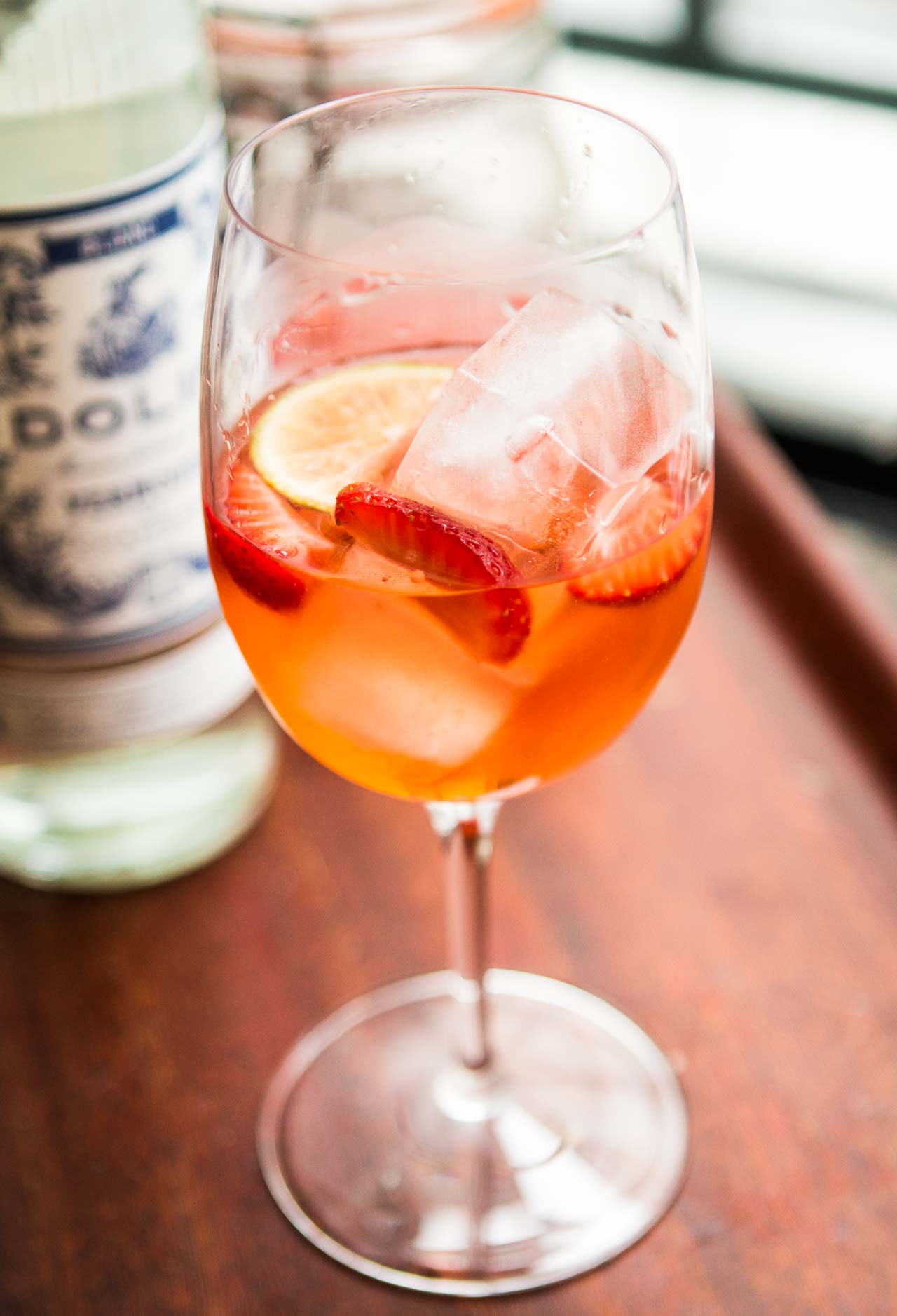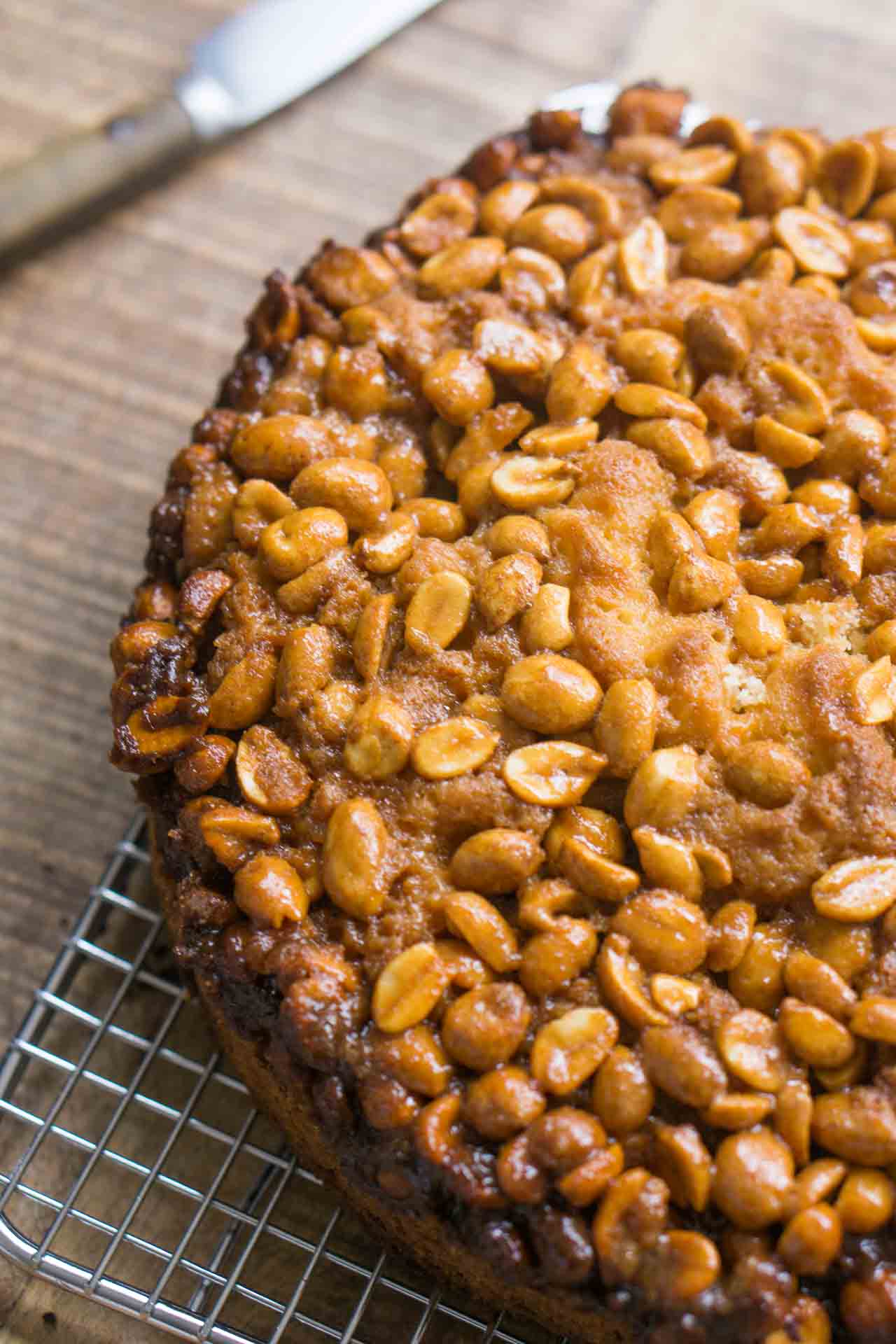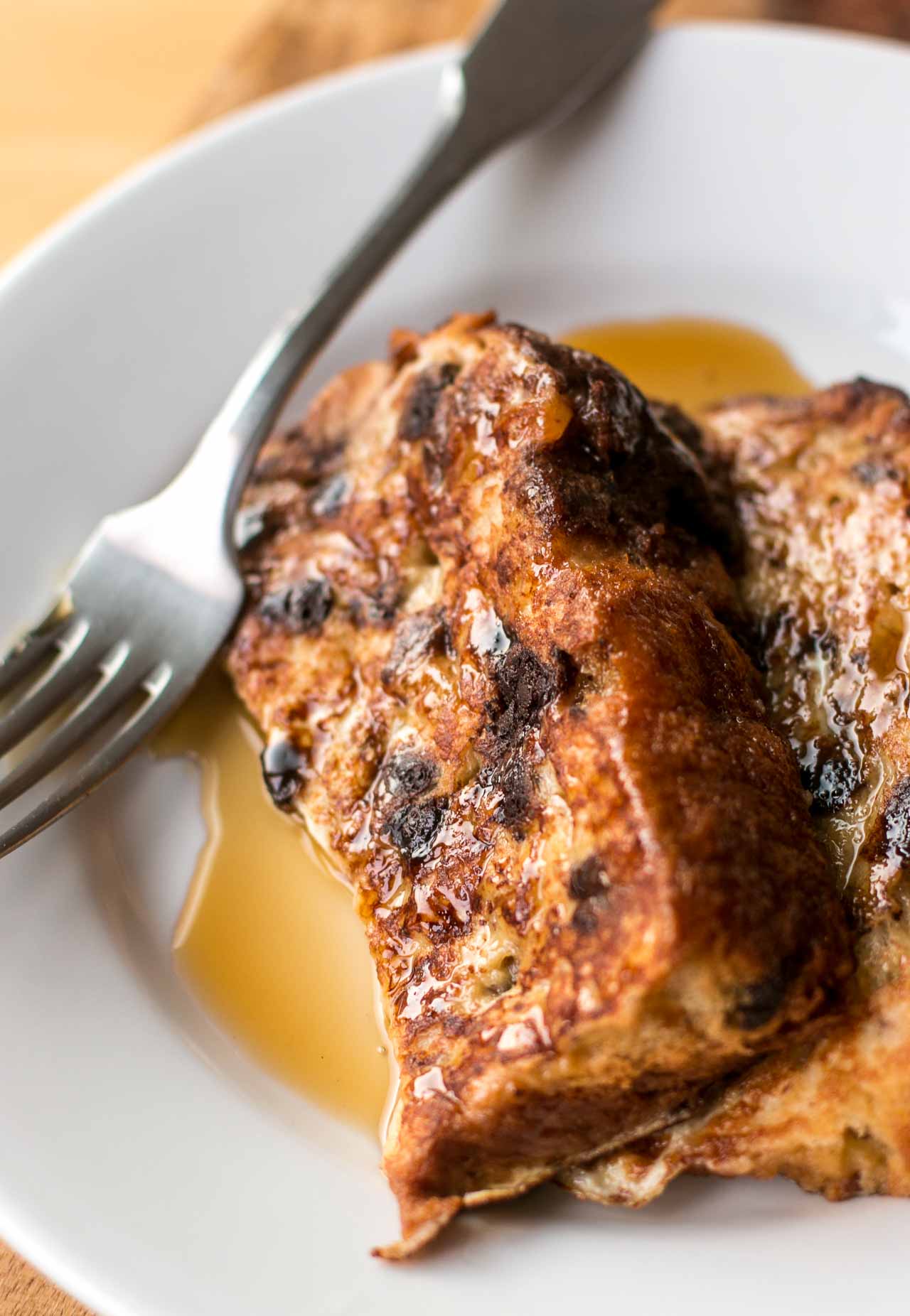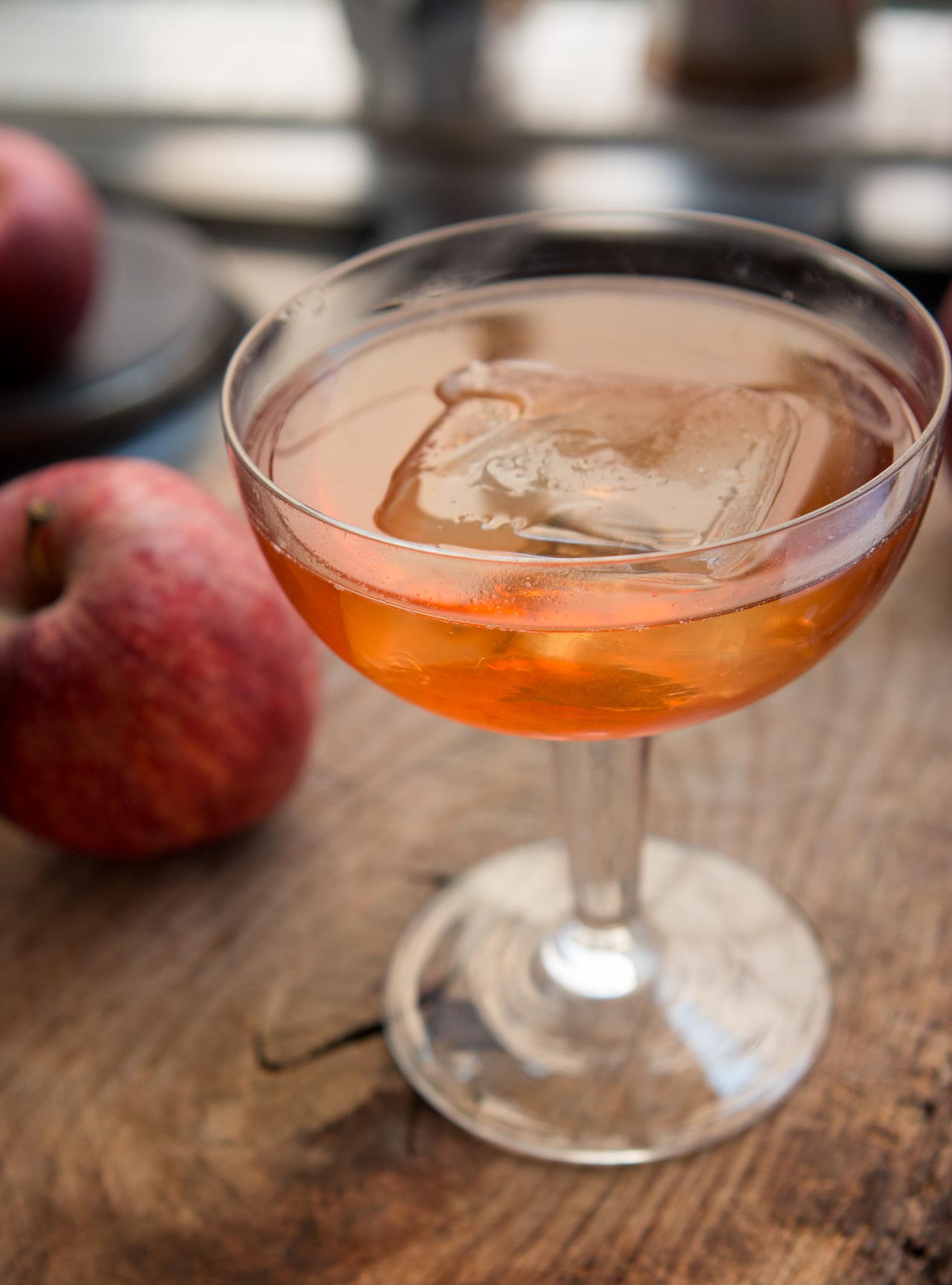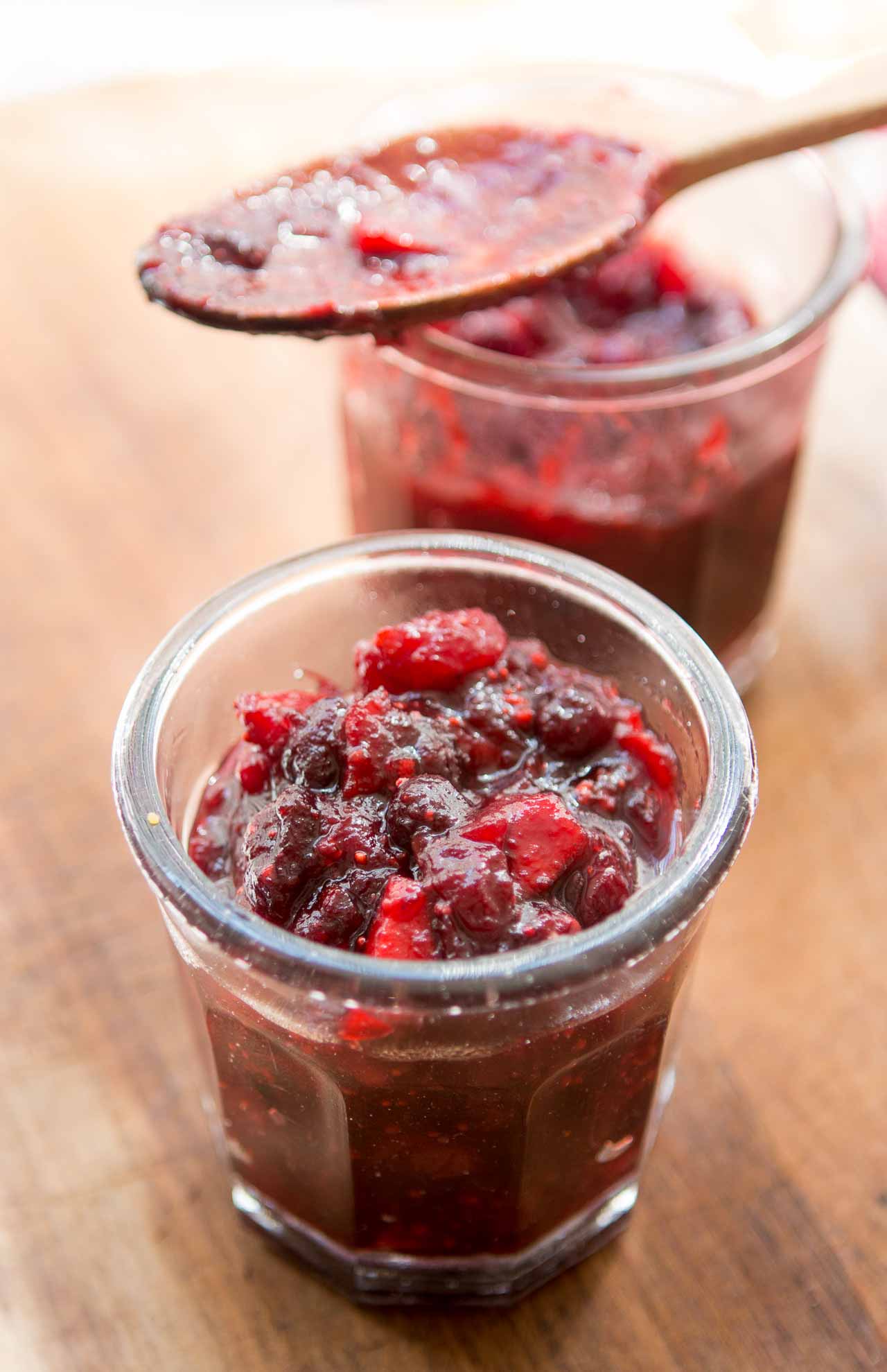How to Take Care of Your Knives
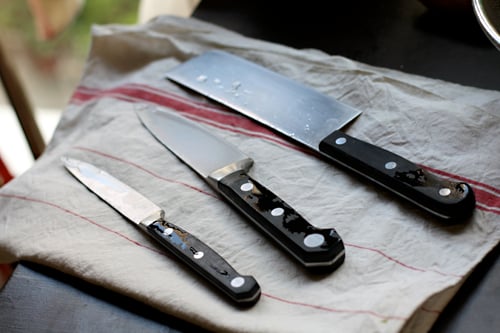
I can deal with a lousy oven. I can use crummy cookware. And I’ll admit that I can bake a cake in a flimsy pan. But I refuse to use a dull knife. It’s not only that they’re hard to use, but a bad knife is downright unsafe. Some people are terrified of sharp knives when in fact, when used properly, they’re actually safer: Most people cut themselves when a knife slides off something they’re slicing rather than when it makes a clean cut right through it.
Professional cooks bring their own knifes to work and take care of them themselves. It’s something I still do to this day. And when I go away for a weekend to someone’s house in the country, if I plan to do any cooking (which I usually do), I bring along at least one knife of my own so I know I’ll have a good, sharp knife to cook with.
There’s a lot of knives out there, some are crafted by hand and really expensive, but you can do well with a few inexpensive options as well. I list my favorites at the end, but to prove my point, one of my all-time favorite knives, the yellow-handled paring knife (below), costs me about 99 cents, and can be found in hardware stores and supermarkets in the states. I’ve had mine for about thirty years and it’s still razor sharp.
(In France, their counterpart are the Opinel paring knifes, which run about €5 and are sold at virtually every outdoor market and knife shop in France.)
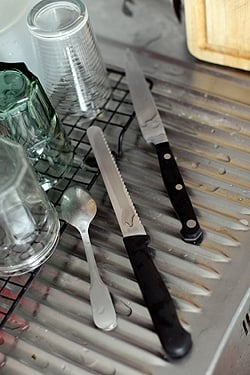
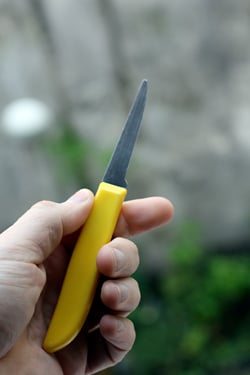
When I moved abroad, and into a much smaller kitchen than I was used to, I had to pare down (no pun intended) to the necessities. Yes, it’s nice to have an impressive arsenal of knives at your disposal, but for most home cooks, there are three that are truly important: a chef’s knife, a paring knife, and a serrated bread knife. You can certainly add more to your collection, but those are are the three that I reach for constantly, that take care of 90% of most kitchen tasks.
When people ask me, “What’s the best way to keep my knives sharp?” my response is always, “Don’t let anyone else use them.”
No matter what quality of knife you buy, taking care of it will make the sharp edge last a lot longer. There are a few home sharpeners around that get mixed reviews: many knife aficionados say one should only have their knives professionally sharpened, or if doing it yourself, use a sharpening stone. I’ve had professional sharpeners ruin my blades by grinding them down too much, so I prefer to do it myself and I used to use a sharpening stone, although I’m now a fan of another device, which I mention below. And for most non-professionals, those devices do just fine.
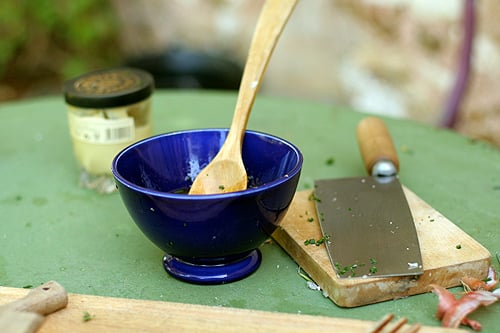
The first place to begin with, for keeping your knives sharp, is to start with decent knives. Sure it’s great to have very expensive cutlery, but just because they’re expensive, doesn’t mean they’re right for you. (I use a $399 ice cream maker because I churn a lot of ice cream, but most people would get along fine with the $49 model.) Don’t worry about impressing the cool folks on the internet with how much you can spend on culinary equipment. Buy what feels right for you, and what fits your budget.
You don’t need to spend a fortune to get a good knife but the best place to spend money is on your chef’s knife. I’ve had most of my knives for thirty years and they’ve all proved to be exceptional investments. A well-made knife will last a lifetime, so I hereby give you permission to go out and buy yourself a good knife.
In my opinion, you can do well with an inexpensive paring knife. But a cheap chef’s knife doesn’t quite cut it. (Pun intended.) Paring knives with plastic handles are fine if you’re on a budget, but I really prefer quality larger knifes with sturdy grips because they tend to be better balanced and easier to hold, which makes them safer. So I generally opt for synthetic, composite or hardwood-handled knives.

Full-tang is a term you’ll hear, which means the blade goes all the way down through the handle to the end of the grip. Forged knives means the blade is made from one solid piece of metal. Both are signs of a better-made knife. (The Sabatier website explains forging well.) Once again, it’s much more important in a larger knife than a smaller one because you’re doing a lot of chopping and heavy-duty work with a knife of that size.
Japanese knives have become popular lately, often made from one piece of metal, including the grip. Some people like them, while others find them awkward and expensive for what they are. Personally, I’m not a fan of them because they’re too small for my hands and I can’t get a good grip on them.
The best way to protect your knives is not to damage them in the first place. Regular tasks, like chopping vegetable and nuts on a cutting board, won’t wear down the blade quickly. Always use a cutting board; never cut on a marble or granite counter. You’d be surprised—I’ve seen even professional people do it.
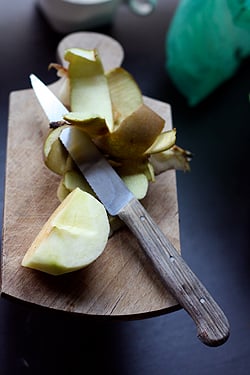
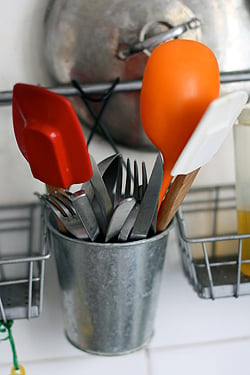
Knives come with either carbon steel blades, or stainless-steel. Aside from reacting with certain acidic ingredients, carbon steel will rust if left wet. Stainless-steel blades won’t rust and you won’t have any problems preparing citrus or slicing onions, but a carbon steel blade does hold its sharp edge better. However it’s become rarer to find knives made of carbon steel, most likely because they require more care. I have one, that’s very old, and very sharp. But I make sure to take good care of it.
Hand wash your knives, but don’t drop them in a sinkful of dirty dishes where they’ll get knocked around. Wash each one in hot soapy water. After washing, don’t put them in a cramped drying rack with other silverware to dry, but lay them out on a dishtowel or hand dry them individually. Never, ever run knives through the dishwasher. Not only can they bang together, which damages the blade, but the heat of the machine causes the metal to expand and contract, which affects the blade as well. Once knives are clean and dry, put them into a knife block or plastic sheath to protect them.

My Knives
A few people have asked me over the years about what kind of knives I recommend. Of course, what I like may or may not be right for you. I’ve listed some of the major brands of cutlery at the end, and most of their websites have additional information not just about their knives, but about how to select knives and what to look for in a knife, as well.
Here’s a round-up of the knives that I have in my kitchen. They range in price to suit various budgets. I have a few pricey knives, including those made by German manufacturers. For less-expensive options, Victorinox/Forschner is a good brand, and their knives are well-made for the price, and sharp. (They make Swiss Army knives, if the name sounds familiar.) Oxo also makes inexpensive knives, too. And I am surprised at how sharp mine has stayed over the years.
Mini Paring Knife: These are really inexpensive and I’ve never had one lose its edge. Known as the Quikut knife, you can find them cheaply in supermarkets and hardware stores, often for a dollar or so.
Serrated Paring Knife: I discovered these when I worked in the café at Chez Panisse. Because there wasn’t a lot of space, it was nice to have a knife that was small, but stayed sharp. The one I use, as shown in the photo, peeling apples, isn’t made anymore, like my favorite knife. But this 4 1/2-inch knife is similar, made by Victorinox, and is less-expensive.
Paring Knife: A 3 to 4-inch paring knife is a knife I use daily. I got mine at Columbus Cutlery in San Francisco way back in 1983. The owner talked me out of a more expensive German knife and I loved this knife until I lost it. (See? I told you not to lend anyone your knives.) Then, ten years later, it turned up in a silverware bin at the restaurant!
The brand is Constant, but I don’t know if they’re made anymore. For paring knives, I prefer the ones with sturdy handles ($29) to the less-expensive model ($9.99). But many knife companies offer deals on paring knives to entice people to become familiar with their brand, which in turn, means they might by more in the future. Many cookware stores often sell paring knifes like this, located near the cash registers.
Bread Knife: I’ve had my rosewood handled bread knife for over thirty years, which I got when I had to cut through the firm crust of a lot of loaves of levain bread in the restaurant. The same knife costs a bit less with a plastic handle. Serrated bread knives are also great for chopping chocolate.
I once picked up a Fiskars bread knife at a swap meet in a Berkeley parking lot for $7, and it was great. However the offset, orange-handled model I bought doesn’t seem to be made any longer.
Boning Knife: I still have this from my restaurant days, although it’s not something I use often. In France, the volaillers will break a chicken down for customers and I prefer to let them do it, and clean up the mess. So I rarely use it, and it’s not necessary for most people. But I do own one.
Chef’s Knife: These knives have 8- to 12-inch blades and each person prefers a different length. This is likely the knife you will reach for the most and I think you’d be wise to go into a cookware shop and pick the one that feels best in your hand.
For those on a budget, I like my Oxo 8-inch chef’s knife. It’s not full tang, but is very sharp and well-balanced. And for $19.99, it’s a bargain. I’ve never once had to sharpen it. I have a French Sabatier that I use, although I reach for it less often than my Oxo.
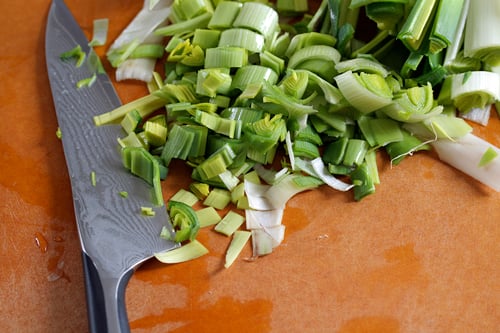
Japanese Knives: I have two of these knives, which were given to me by a friend who worked for Calphalon. I likely never would have bought them (who even knew they sold cutlery?), but I’ve found myself using them all the time. The blade are very sharp, they’re well-balanced, and the handles fit my hand perfectly. As mentioned I wasn’t a fan of certain kinds single-piece construction Japanese knives, but these handles are sculpted differently and fit my grip well.
These are good value knifes, made in China from Japanese steel blades. The Nakiri 5-inch knife costs less than $30 and the more refined Honesuki pointed knife has a tapered blade, which makes it good for slicing vegetables. Both of these knives have blades that need to be washed and dried right after use, but I’ve seen them sold in discount stores in the United States, like Marshall’s and Ross, at extremely attractive prices.
Scissors: I’ve become a fan of scissors, mostly because of my Asian friends, who were always using them to cut whole chickens. I use mine to snip herbs, trim sheets of parchment paper, and to disassemble the roast chickens I get from my market. I upgraded myself to a good pair (which cost around $15) and use them daily for many tasks. Get a decent pair, since you don’t want to have to replace them. Most cookware companies, like KitchenAid, Wüsthof, Oxo, and Henkels made good ones. I got a pair at Ikea, which aren’t bad either.
Knife Sharpener: I was skeptical at first, but my friends Judy Witts Francini, a Tuscan cook, and Tricia Robinson in Provence, both have been using their Furi knife sharpeners for years and highly recommended it to me. So I bought one, and you know what? It does work well.
Another handy little tool, the AccuSharp works well, too, and is less expensive.
(I used to use a sharpening steel, but since leaving the restaurant business, mine has stayed in the knife block since using the sharpener, above. )
Protective Knife Sleeves and Sheaths: For those who wish to store their knives in drawers, or if you plan to pack a knife with you on a weekend road trip, as I do, I recommend an inexpensive set of plastic knife sleeves.
Notes: The prices mentioned in the post are for informational purposes and are subject to change. You may wish to shop in your local cookware store, which will allow you to handle the knives so you can feel which one is best for you.
In San Francisco, I recommend Columbus Cutlery, a small shop packed with cutlery. Most major cities have cutlery shops. Tip: ask your local restaurant chef where they go. There are also many cutlery dealers online. For those on a budget, check local ethnic markets, which sell sturdy cleavers and other cutlery at attractive prices.
Major Cutlery Manufacturers
Forschner
Related Links
How to Sharpen a Knife (Serious Eats)
Kitchen Cutlery (Amazon)







